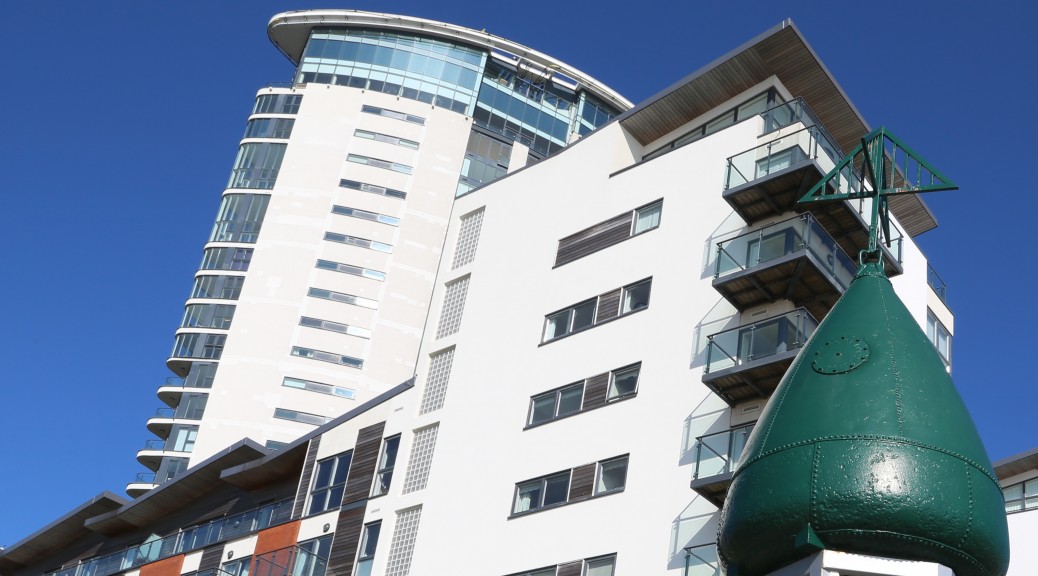The new stamp duty rates for second homes are due to come into force in April 2016.
This curve ball for property investors means anyone buying a second home or buy-to-let will be hit with a higher rate of stamp duty. The tax grab is designed to help ease the housing shortage, with anyone who buys extra residential property liable to pay an additional 3% in stamp duty after 1st April, 2016.
The new charge applies above the current stamp duty land tax rates, meaning there will be 3% tax to pay on homes worth up to £125,000, 5% tax on homes that cost between £125,001 and £250,000, and 8% on homes worth between £250,001 and £925,000.
Homes worth up to £1.5 million will be subject to 13% stamp duty and those priced above this amount will incur a 15% charge.
It is not all bad news, however. Firstly, for second-home buyers who exchanged contracts before the Chancellor’s Autumn Statement on 25th November, the higher tax rate won’t apply, even if completion is after the 1 April deadline.
The other positive aspect is that as the rules currently stand, investors can offset the additional stamp duty, along with other purchase costs, against capital gains on the property in the future. That could change in future tax amendments though, so be wary.
But for parents wishing to help their children onto the property ladder, the changes do not spell good news. You can still be a guarantor for a loan, but a joint mortgage that requires a parent’s name on the title deed will be hit by the tax, as will couples who want to buy a property each.
Married couples and civil partners will be treated as a single unit that lives together. Any additional property purchased by either person will attract the higher rates.
If you buy a second property you will always have to pay the higher rate of stamp duty, even if you plan to live in it and rent out your old one. If you keep your old home at the time of completion you will need to pay the extra stamp duty charges, even if you move into a new main residence.
The only leeway is that you can get a refund of the stamp duty if you sell your old property within 18 months. This aims to help those who may hit delays in the selling process. You will need to apply for the refund through HMRC.
What can you do if you want to invest in a buy-to-let or second home without incurring the new taxes? Buy now and complete by 1 April. The danger here is that there may be a rush and the short-term increase in demand could temporarily push up prices, before the increase hits. Keep an eye on the market to make sure that any temporary price increase doesn’t exceed the 3% saving made by buying quickly.
Also be aware that there are other potential tax changes on the way, with the wear-and-tear allowance for landlords of furnished properties being revamped and coming into effect in April, and an earlier deadline for paying capital gains tax on property sales.
For first-time home buyers, it’s hoped that by making buy-to-let less appealing, not to mention lucrative, demand for investment properties will fall, leaving the rungs of the property ladder accessible.
The policy will be outlined at the 2016 Budget on March 16.

